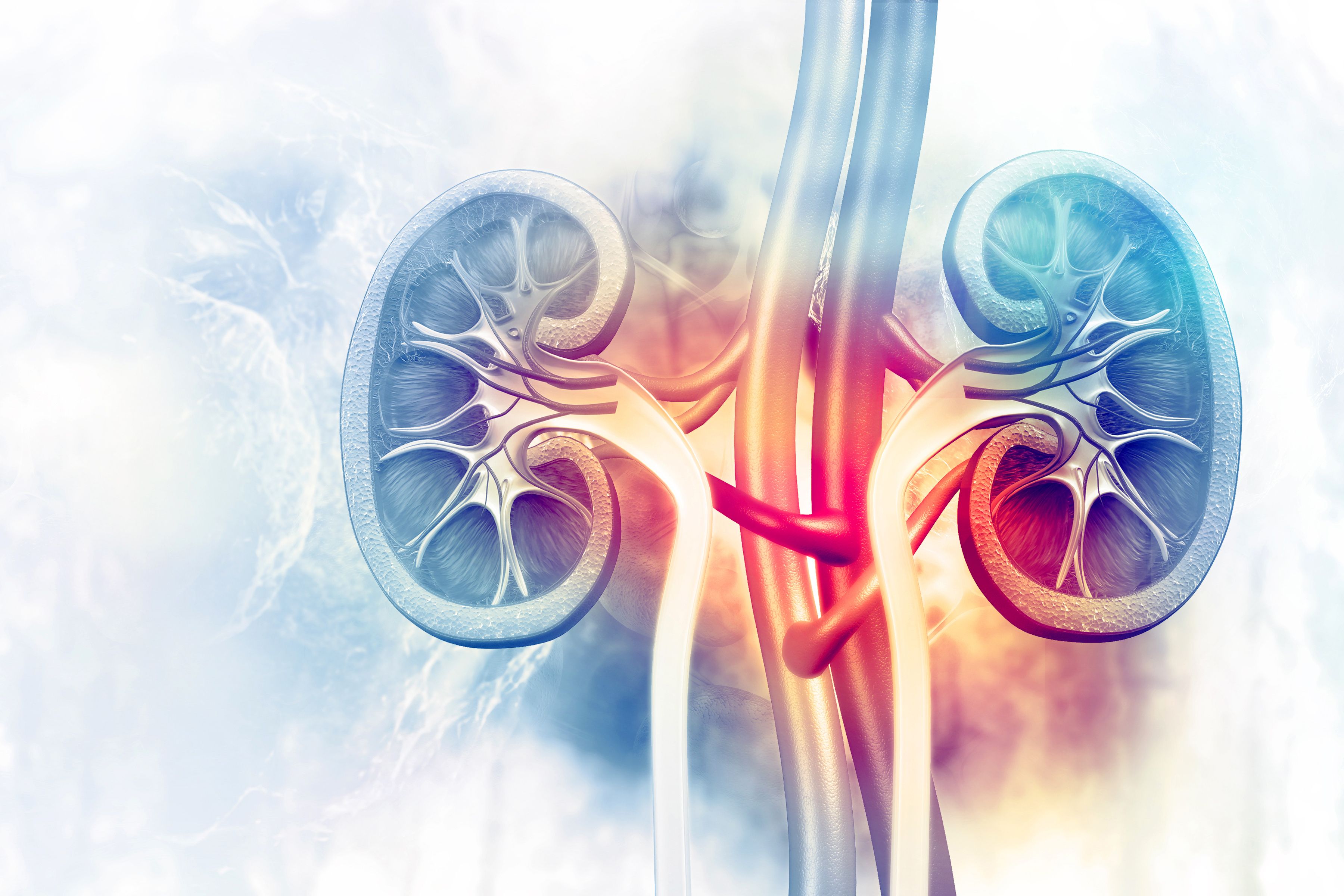Article
Study: New Policies Are Needed to Address Global CKD Disparities
Author(s):
Investigators offered insight into disparities between countries regarding chronic kidney disease burden and suggestions on how those disparities can be addressed.
The burden of chronic kidney disease (CKD) is high in various regions, particularly in low-income countries (LICs) and lower middle-income countries (LMICs), suggesting that more preventive policies and interventions aimed at mitigating CKD burden and addressing risk factors are needed in these regions, according to a recent study.
The study, published of BMC Nephrology, analyzed data between 1990 and 2019 to estimate the CKD burden and risk-attributable burden in LMICs to recommend effective and targeted policy reforms to alleviate disparities, especially in the wake of the COVID-19 pandemic.
The global burden of CKD is increasing rapidly, and the disease is expected to become the fifth most common cause of years of life lost worldwide by 2040. CKD burden is primarily studied in high-income countries and is rarely studied in LMICs, with even fewer focused on attributable disease burden.
The investigators collected data from the Global Burden of Disease (GBD) Study 2019, which measured CKD burden using the years lived with disability (YLDs), years of life lost (YLLs), disability adjusted life years (DALY), and calculatec percentage contributions of risk factors to CKD DALY using population attributable fraction (PAF) from 1990 to 2019.
In 2019, LICs were found to have the highest age-standardized DALY rate at 692.25 per 100,000 people (95% CI, 605.14-785.67), followed by LMICs at 684.72 per 100,000 people (95% CI, 623.56-746.12) and Upper MICs at 447.55 per 100,000 people (95% CI, 405.38-493.01). Between 1990 and 2019, the age-standardized DALY rate reduced by 13.7% in LICs (95% CI, −0.6 to −0.5; P < .001) and increased by 3.72% in LMICs (95% CI, 0.0-0.3; P < .05).
The age-standardized YLD was higher in women than in men but the age-standardized rates of YLL and DALY of CKD were higher in men compared with women, both globally and in LMICs. The YLD, YLL, and DALY rate of CKD were also higher in people aged 70 years or older in various income regions.
The largest increase in the PAF was high body mass index, especially among LMICs (95% CI, 2.7-2.8; P < .001) and the PAF of age-standardized DALY for high systolic blood pressure increased the most in Upper MICs (95% CI, 0.6-0.7; P < .001).
Author Recommendations
The investigators called for increased planning and interventions as well as for the development of novel and more appropriate solutions to address the burden of CKD in LICs and LMICs, stressing that if disparities continue, they will likely increase over time.
Differences in CKD burden among different age groups and genders should also be addressed and taken into account by policymakers when planning future strategies and preventive measures. Interventions to manage hypertension, diabetes, and obesity should also be developed.
Additionally, the authors said that measures to improve climate resilience, especially in LICs and LMICs, are needed to prevent climate change-related impacts on inter-country health and socio-economic inequalities.
CKD Burden in a COVID-19 World
Additional global concerns relating to the potential impact on CKD burden expressed by researchers included food insecurity, heavy metals, air pollution, persistent organic pollutants, war and displaced refugee populations, and the COVID-19 pandemic.
Although COVID-19 is primarily a respiratory illness, it also involves other organs and systems, including the cardiovascular system, the liver, and the kidneys. The incidence of acute kidney injury (AKI) in patients with COVID-19 is between 3% to 15%. AKIs can cause end-stage renal disease directly and increase the risk of developing incident CKD and worsening of underlying CKD. However, CKD has not been sufficiently recognized due to it course during COVID-19 infection, especially in early stages.
“As the pandemic continues, more precise prevention policies may be needed to guide patients with chronic kidney disease. COVID-19 is a huge medical challenge that health care providers should recognize early and take appropriate action as soon as possible,” the investigators recommended.
The investigators noted that because their data comes from the GBD 2019 study, all the limitations listed for the study also apply to their results.
Reference
Ke C, Liang J, Liu M, Liu S, and Wang C. Burden of chronic kidney disease and its risk-attributable burden in 137 low-and middle-income countries, 1990–2019: results from the global burden of disease study 2019. BMC Nephrol. Published online January 5, 2022. doi: 10.1186/s12882-021-02597-3




